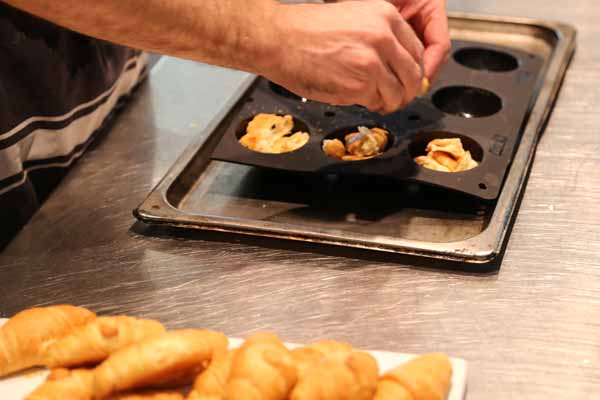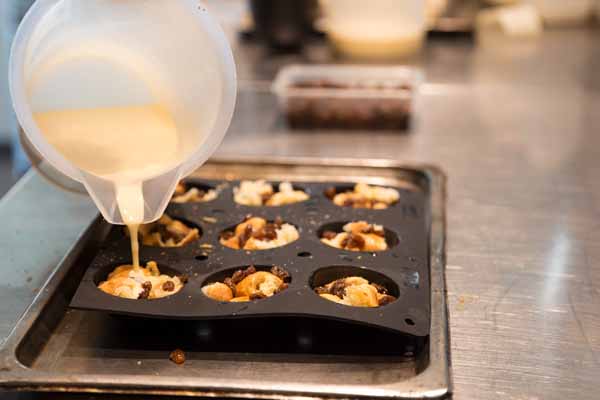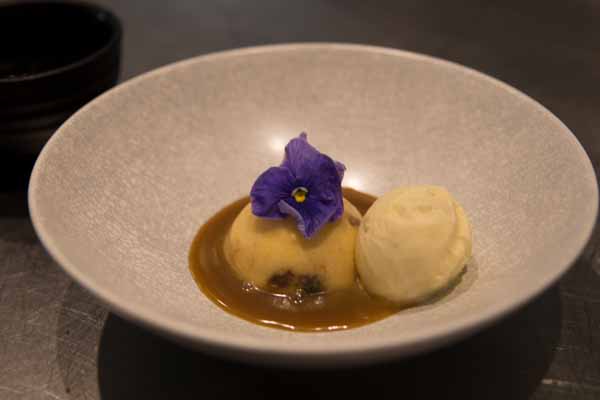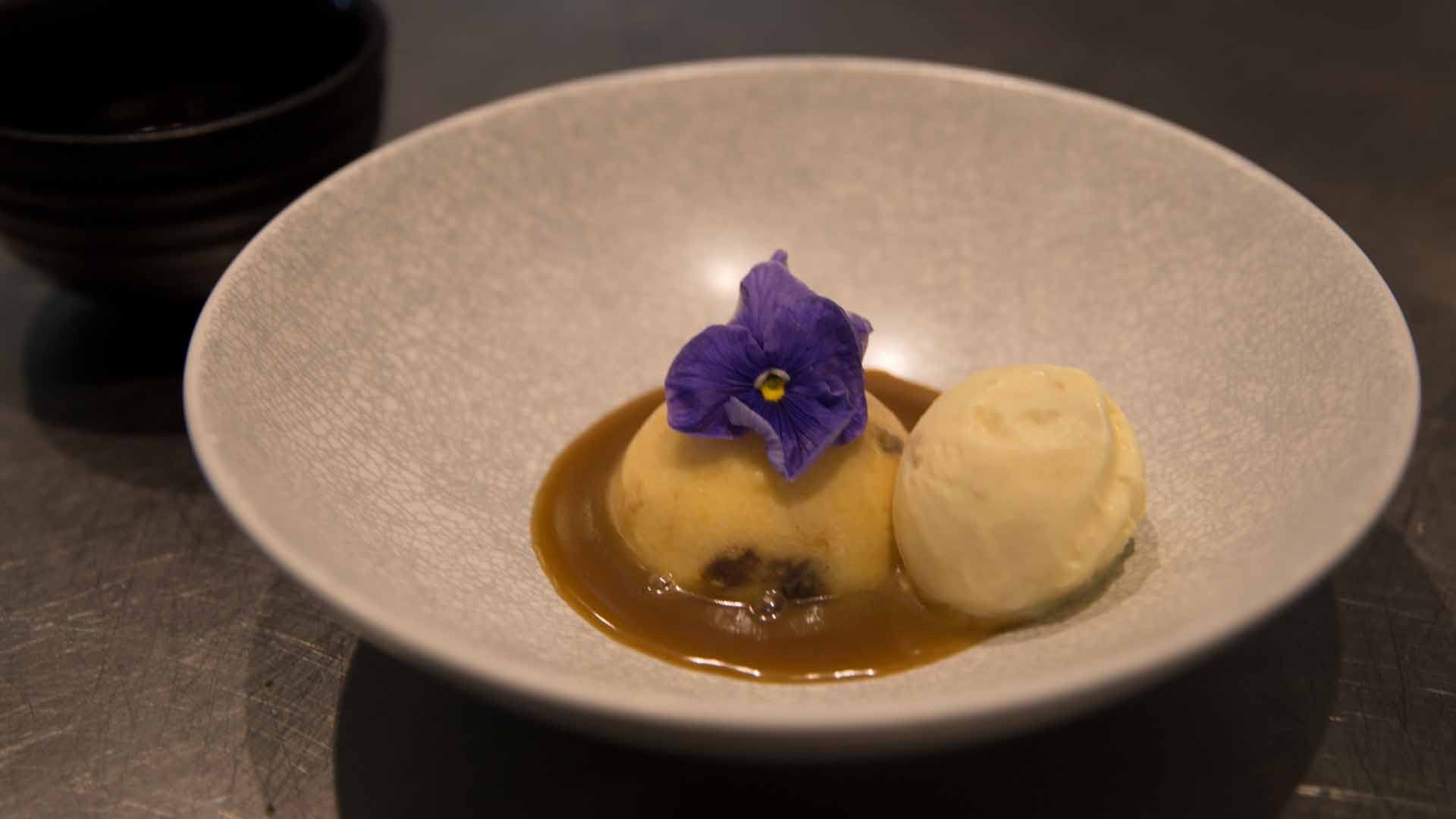It is perhaps one of the simplest of Winter dishes and is up there with the likes of stews, pies and curries when it comes to comfort food to enjoy in the cooler months. It’s also likely to have a nostalgic effect anytime you consume it, taking you back to your childhood when your family would enjoy a bread and butter pudding at the end of a meal, perhaps utilising the stale bread leftover from the day previous.
Bread and butter pudding originated in the United Kingdom as early as the 11th Century and is referred to in books from around the 17th Century. One of the earliest mentions of Bread and Butter pudding appears in English poet Gervase Markham’s book The English Huswife, Containing the Inward and Outward Virtues Which Ought to Be in a Complete Woman, first published in London in 1615.
Bread and Butter pudding diminished in popularity due to rationing during World War II and bread thus became a luxury, and in the 1960s the space age and resulting new technologies in food production and preservation brought about exciting new dessert products such as Instant Whip, Dream Topping and Angel Delight, which also didn’t help the cause of simpler, more traditional (and time consuming) dishes.
What is Bread and Butter pudding?
As the name suggests, Bread and Butter pudding is traditionally made by layering pieces of generously-buttered bread in a baking dish, scattering with currants and sultanas and a mix of spices, and covering with a simple egg custard, before baking in the oven. What results is a comforting, warming pudding that costs next to nothing and will feed a small army of hungry relatives. It’s also guaranteed to instantly make you feel like you’ve just had a big warm hug from Granny.
In the last 20 years, modern celebrity chefs like Jamie Oliver and home cooks like our own Maggie Beer have created a movement back towards simple home-cooked meals which has in turn seen the humble Bread and Butter pudding return to our tables once more. Some cooks put a spin on the dish by using fruit bread instead of the usual plain white bread, and others decided to try using stale croissants in place of the bread. The flaky, buttery pastry of the Croissants serves as a fantastic substitute for boring old bread and adds a decadent flourish to this dish once reserved for peasants. Try this recipe at home and you’re sure to have the family lining up for seconds! At Easter time, you could also use Hot Cross buns in place of the croissants for an aromatic fruity twist, or chocolate croissants (also known as Pain au Chocolat) for an even naughtier treat!
INGREDIENTS
5 large croissants (stale, if possible)
6 eggs
80g caster sugar
310ml milk
310ml cream
100g dried fruit such as sultanas, dried apricots, orange peel (a mix is fine), soaked in rum
METHOD
Preheat oven to 150 degrees Celsius
Lightly grease 9 ramekins* with butter
Tear up croissants into 1cm pieces and divide them into the 9 ramekins

Sprinkle a little of the dried fruit into each tin
Whisk eggs, cream, milk, and sugar in a jug until well combined. Pour over croissant pieces, splitting the mix evenly among the tins

Bake for 30 minutes or until custard is set
Serve warm with your choice of custard or sauce and ice cream
*If you don’t have ramekins, you could use 2 large silicon muffin tins (only use 9 of the moulds)


